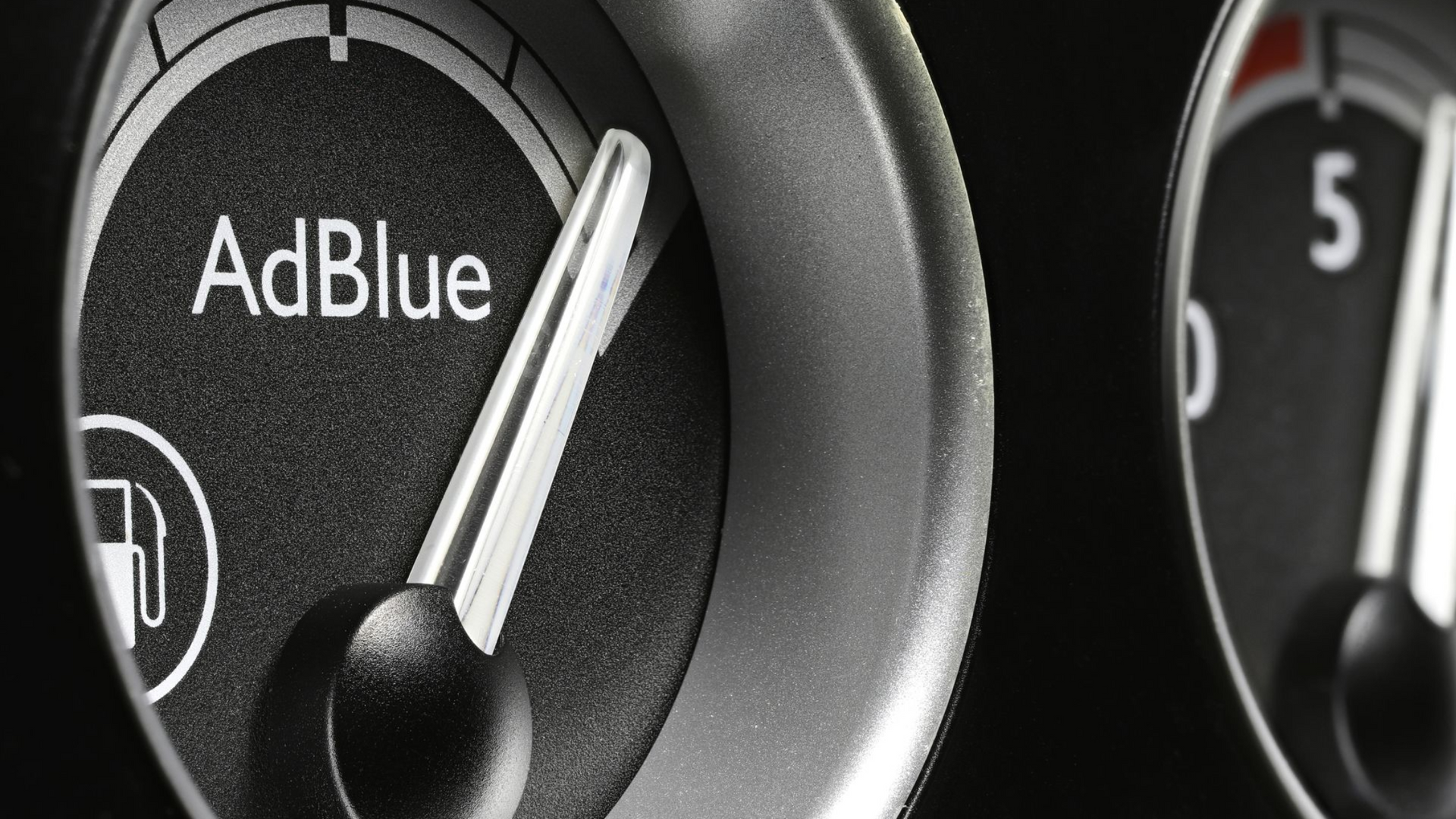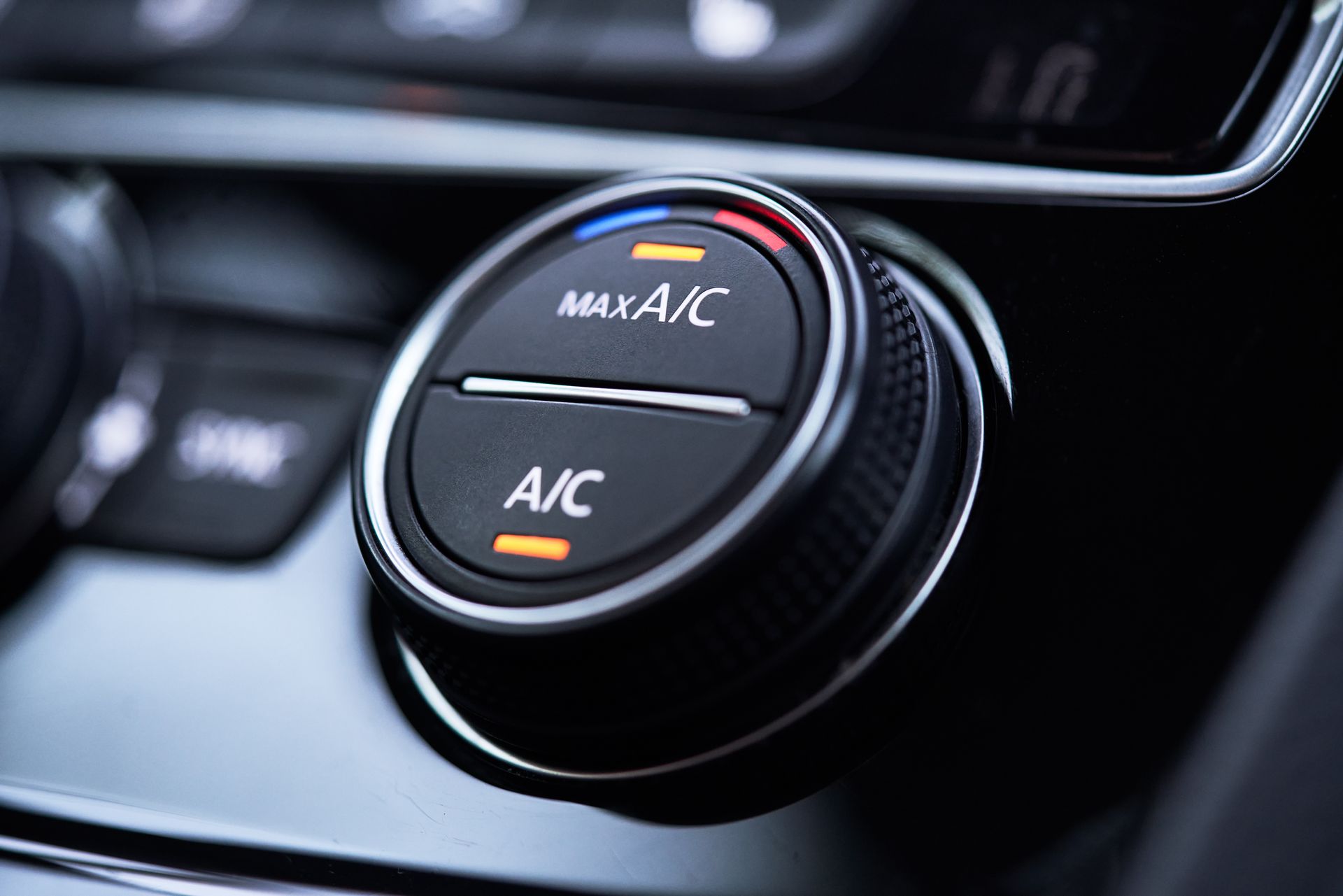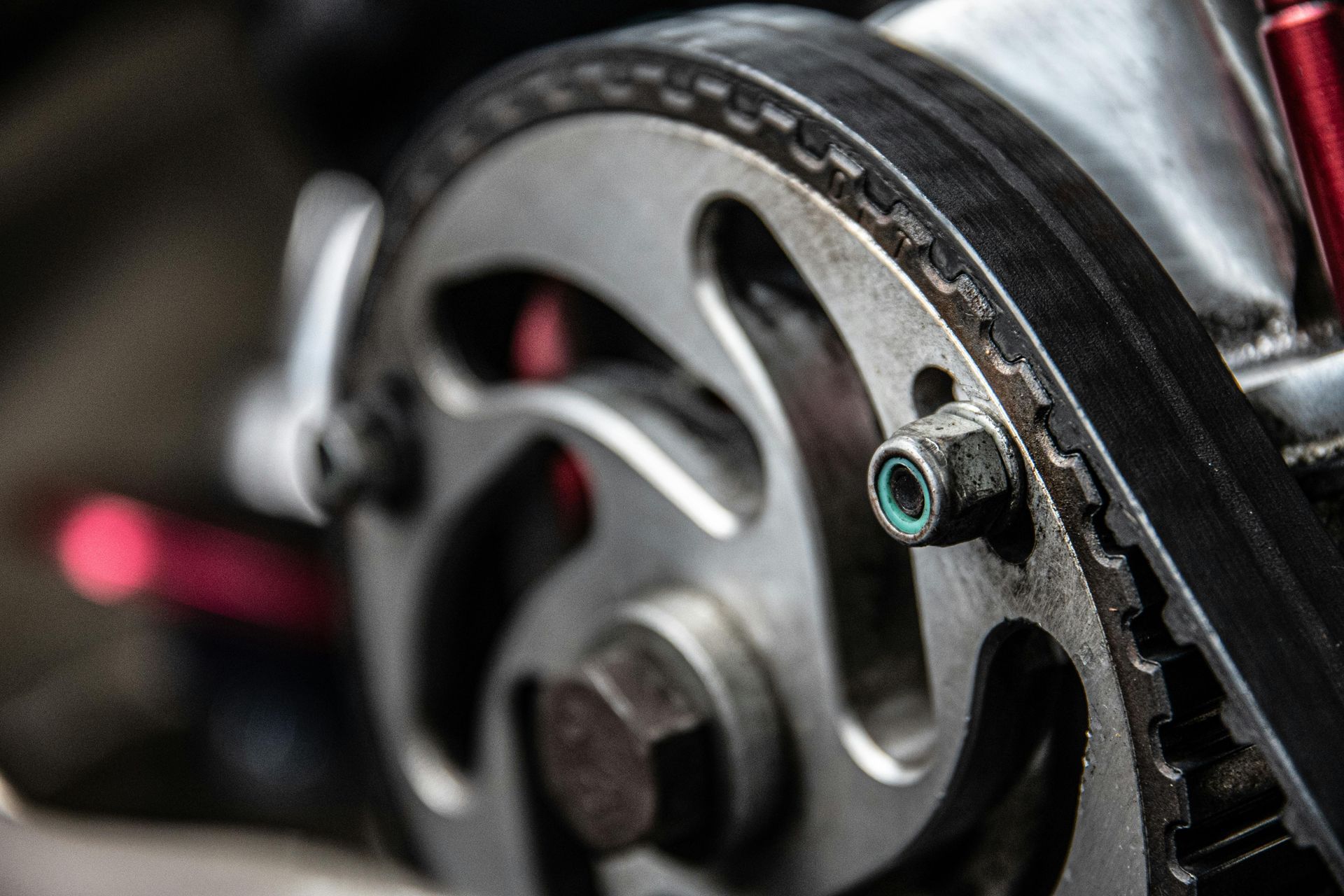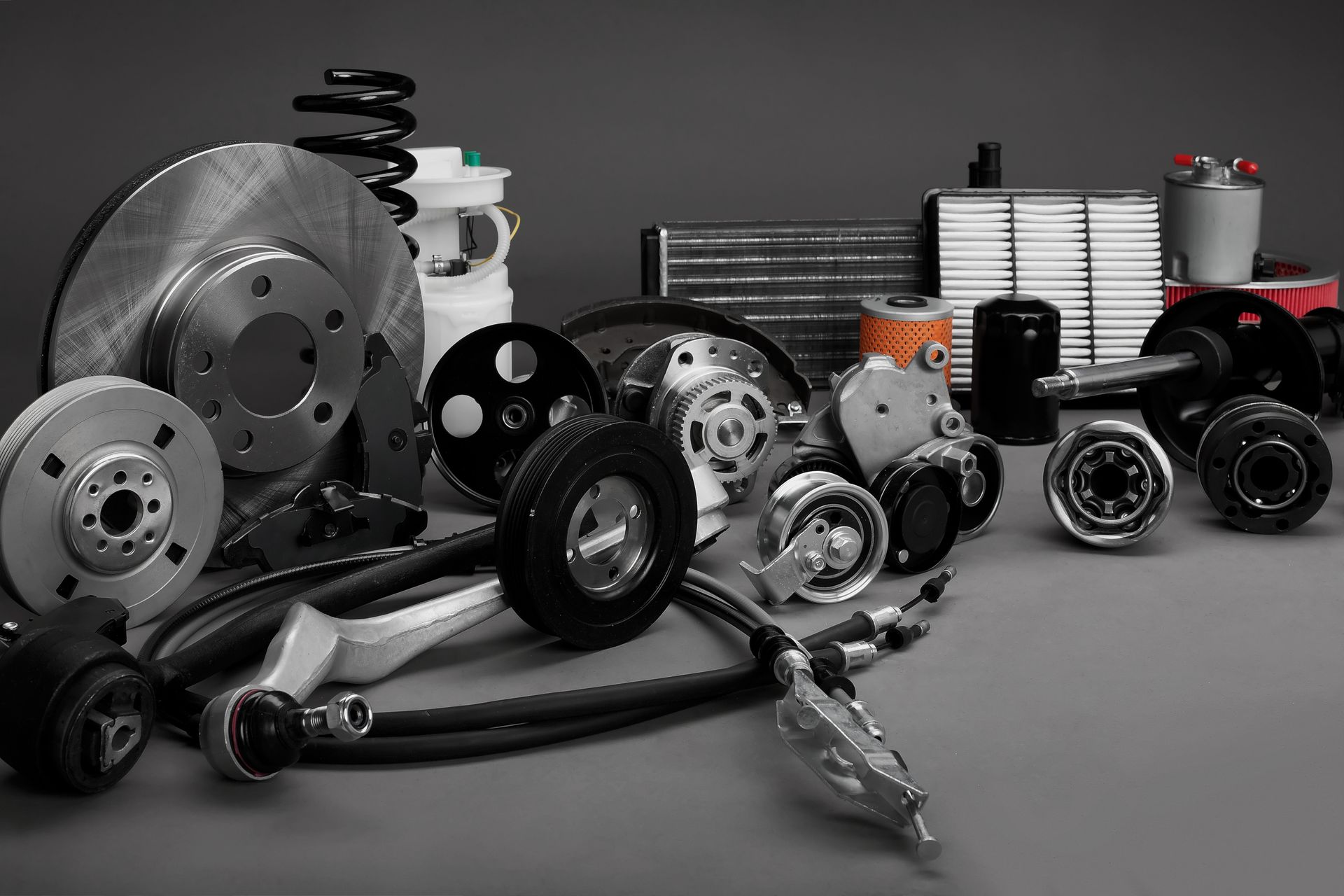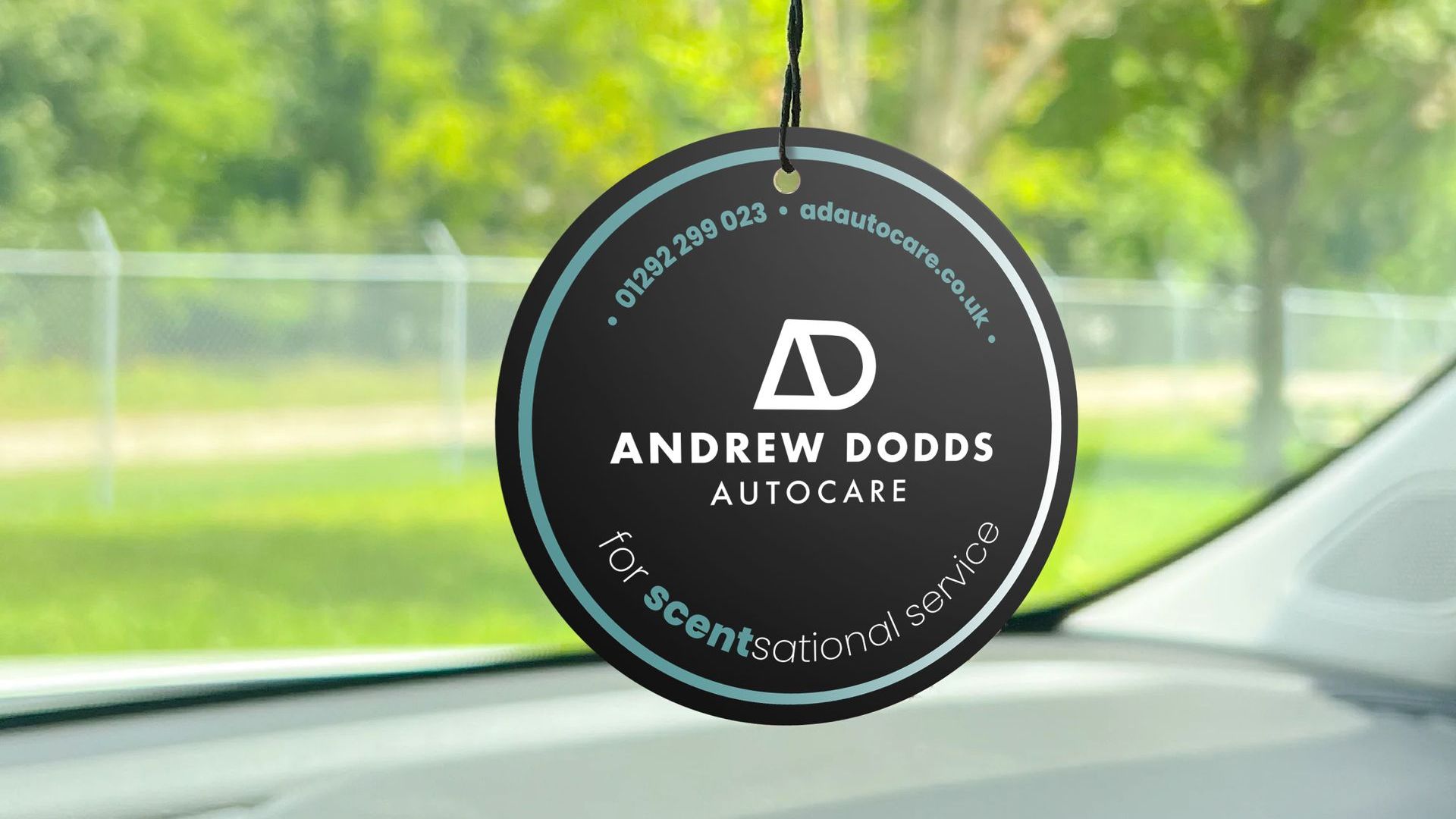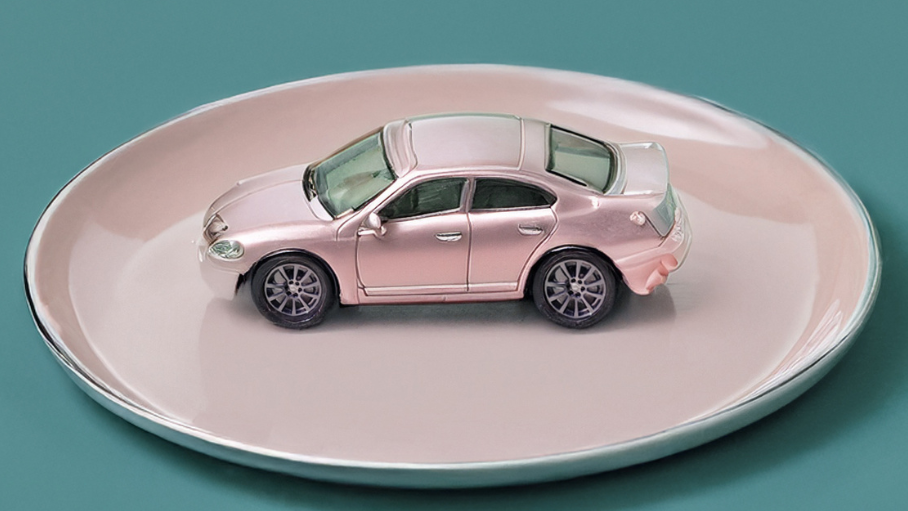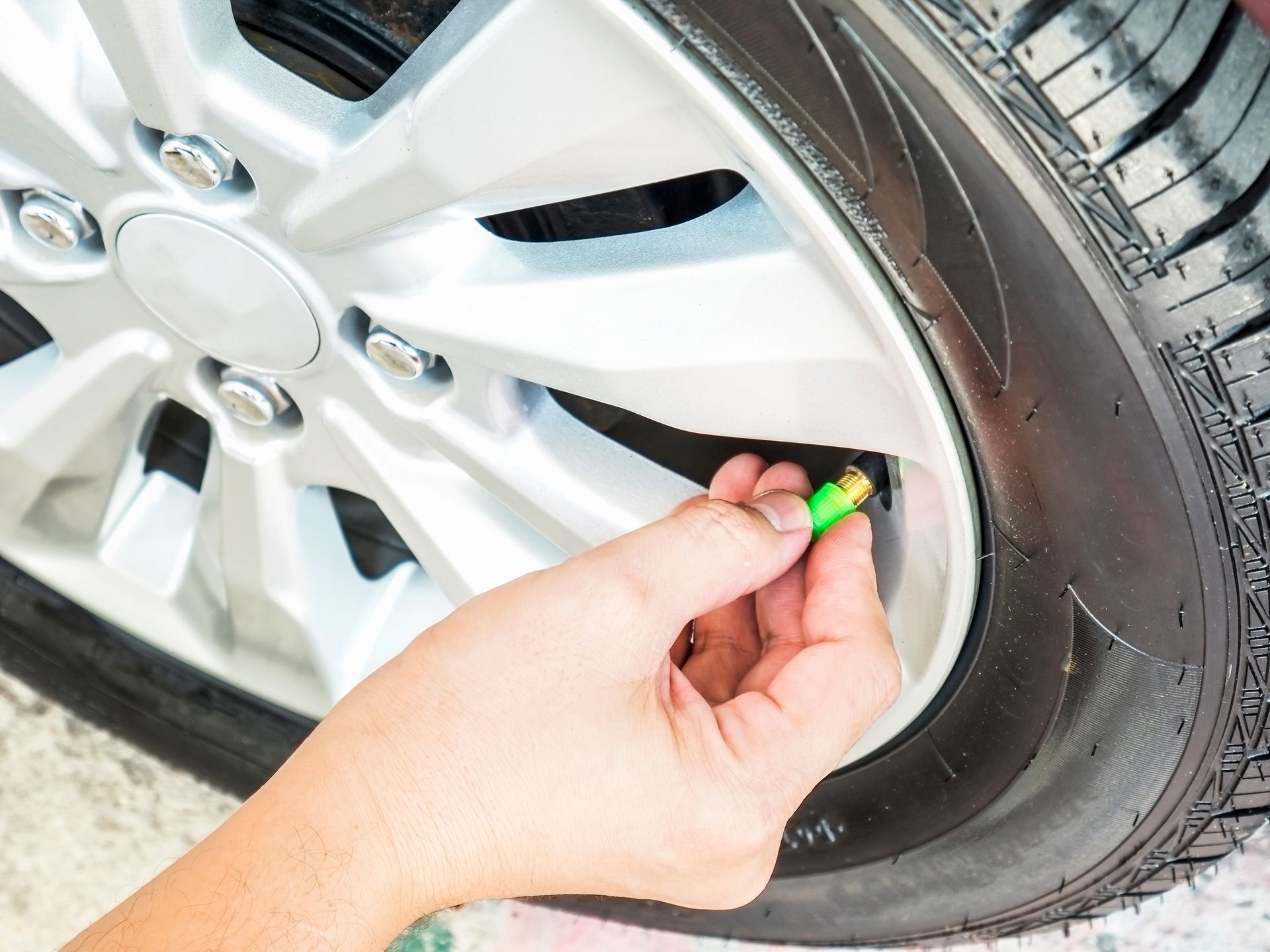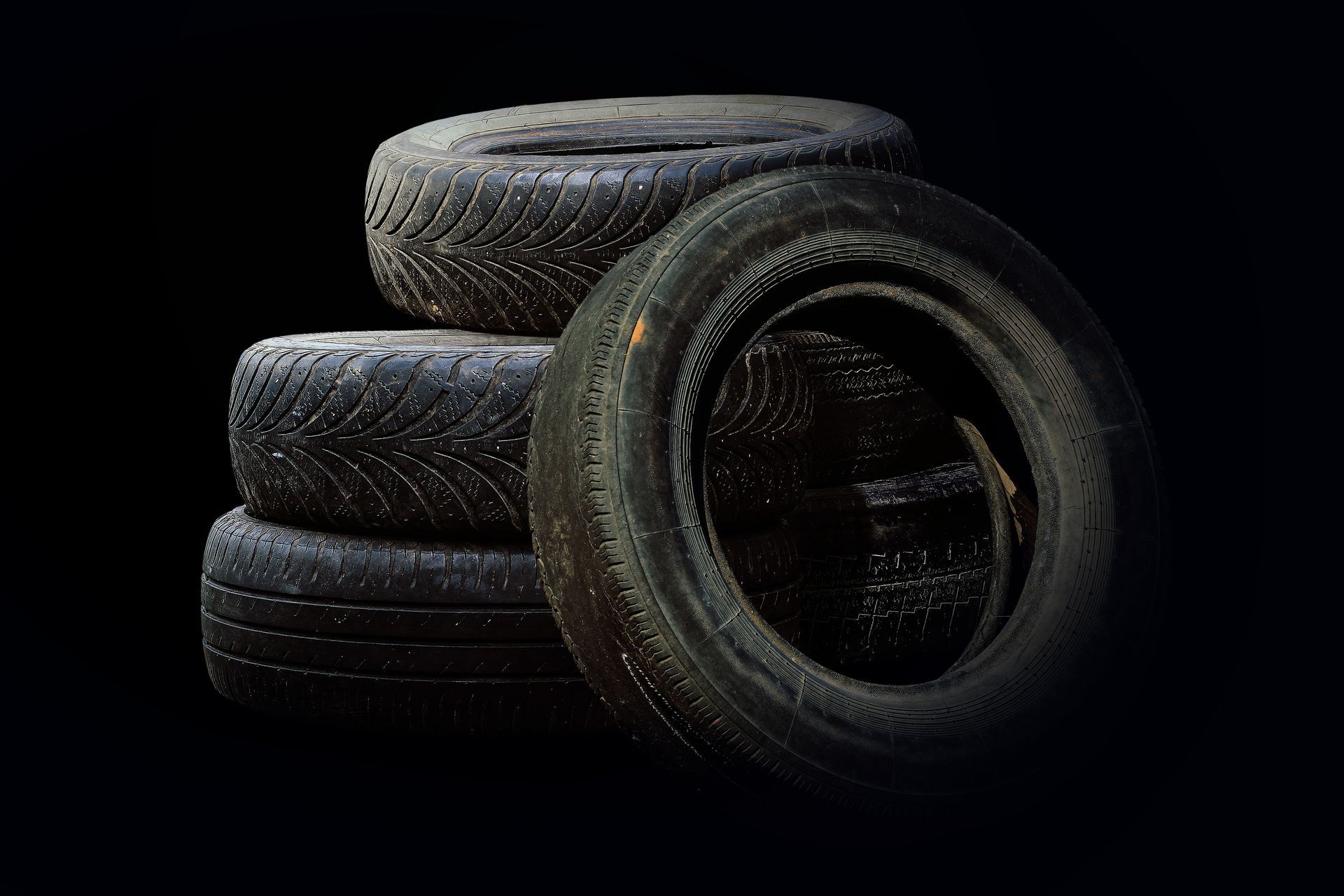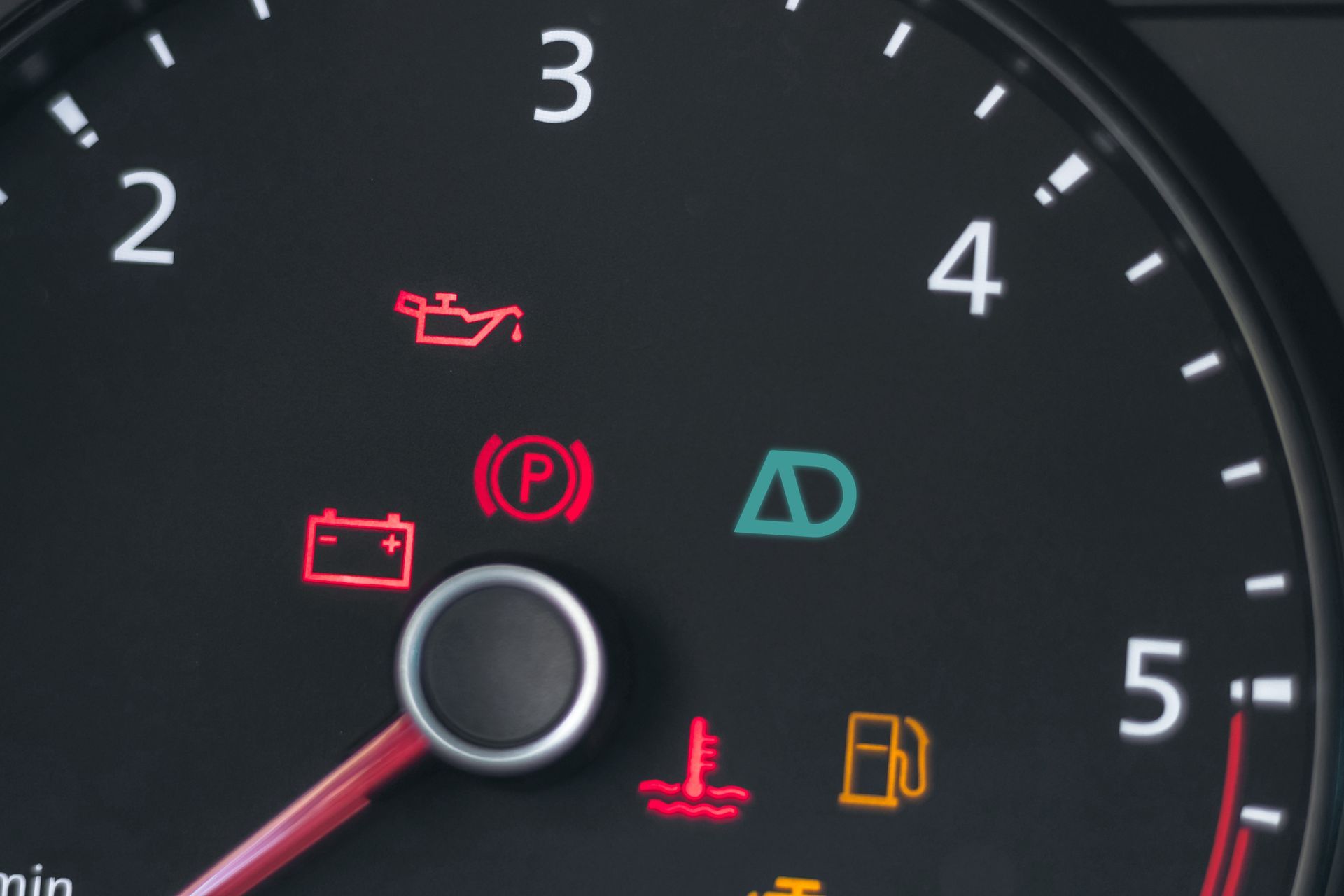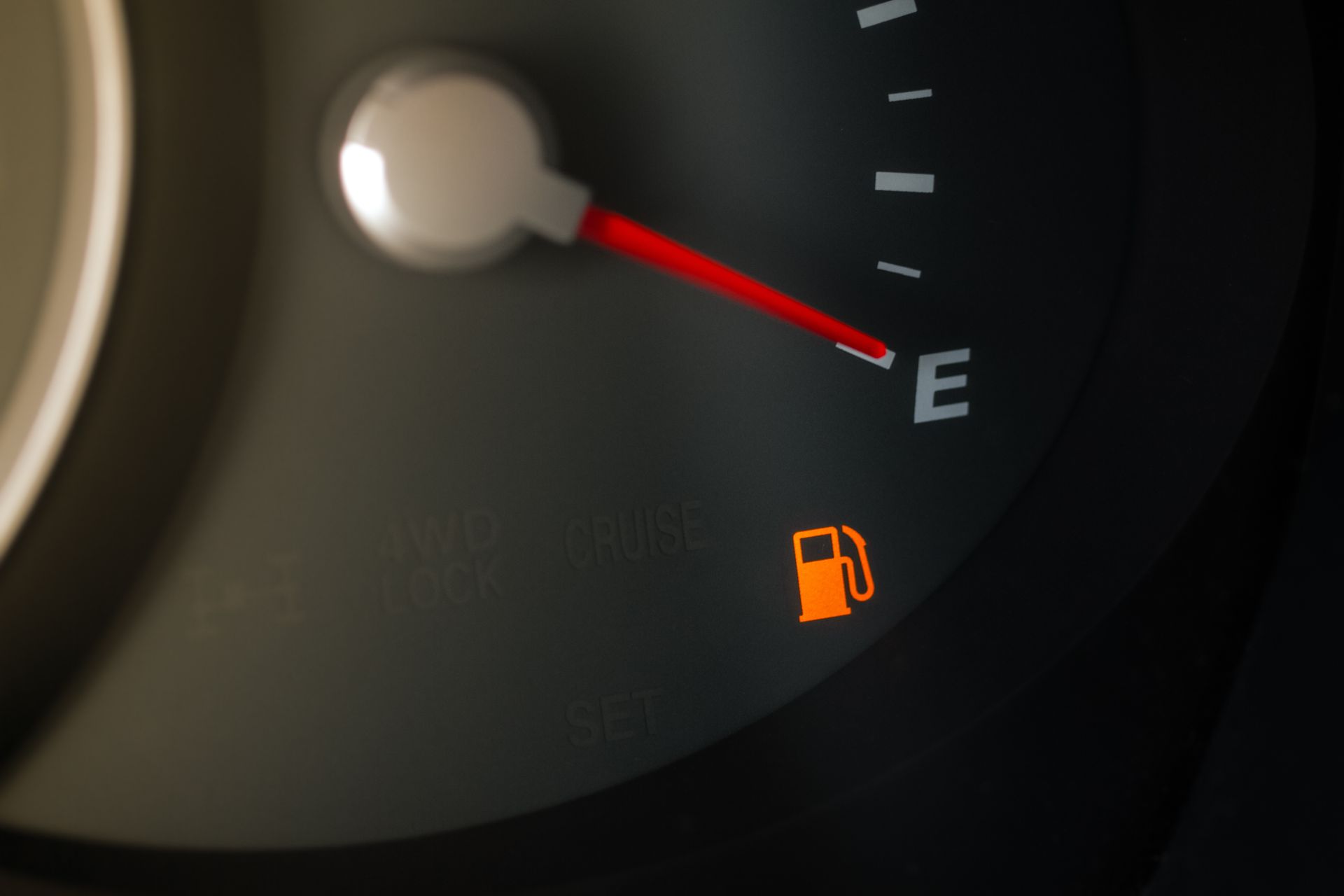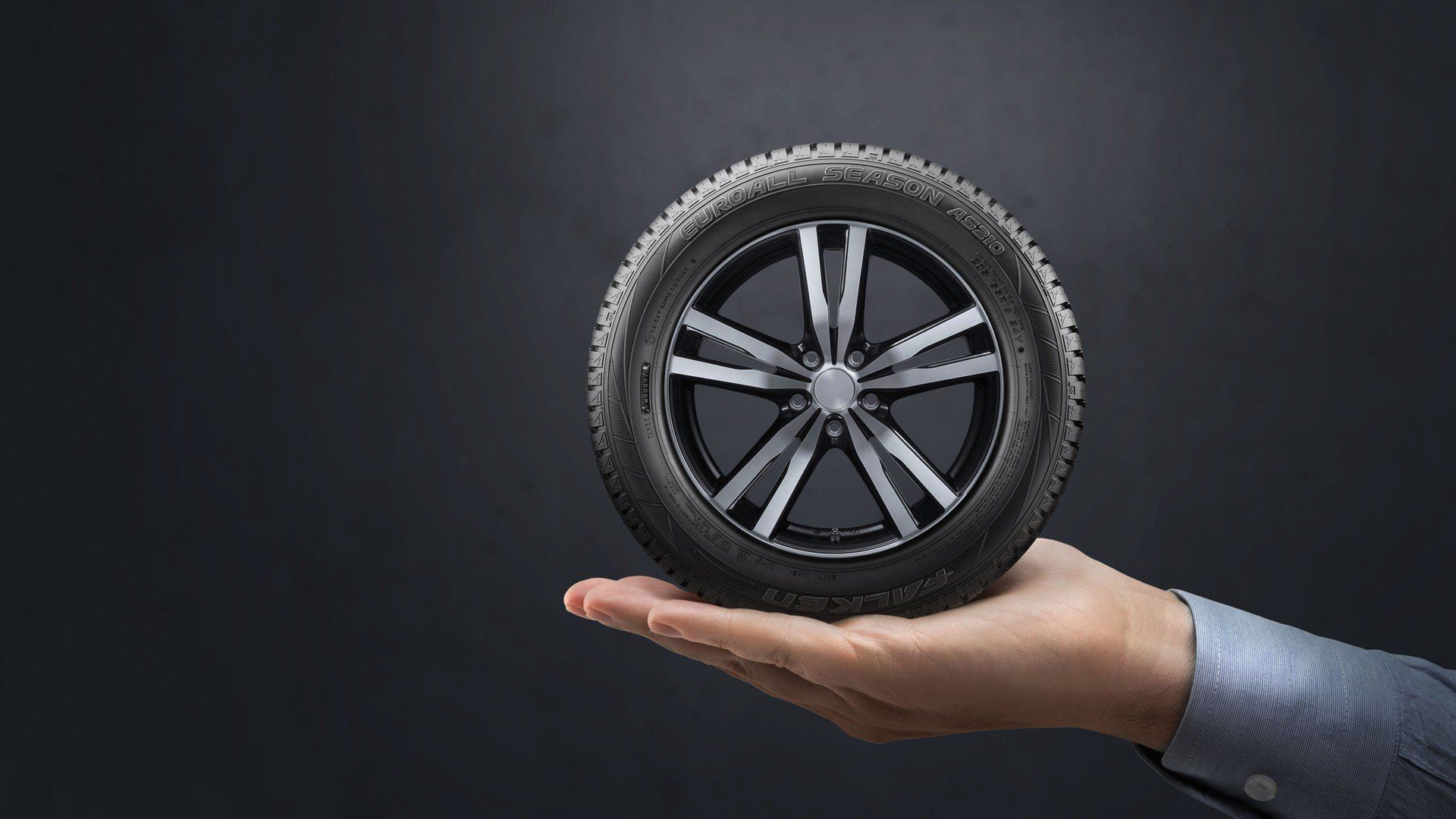What is AdBlue and how to use It
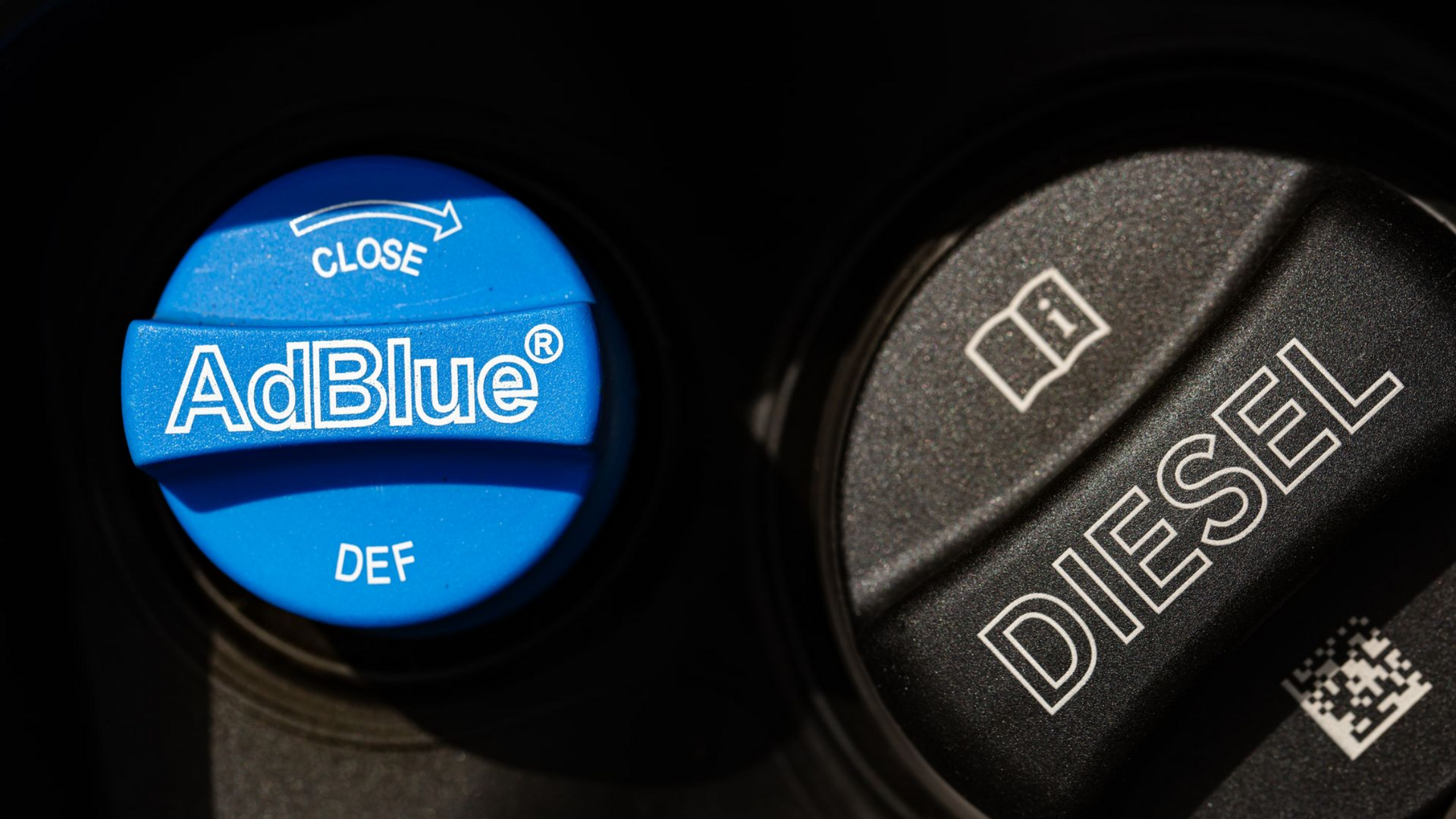
AdBlue is a specially formulated liquid used in modern diesel vehicles to reduce harmful emissions. It’s not a fuel additive, but rather a separate fluid that helps to break down nitrogen oxides (NOx) – gases that contribute to air pollution and smog – into harmless nitrogen and water vapour.
Chemically, AdBlue is a mixture of 32.5% high-purity urea and 67.5% de-ionised water. It’s non-toxic, colourless, and safe to handle, although it can be mildly corrosive to some metals and surfaces. Therefore, it’s best to avoid spills and ensure you only use it in the AdBlue tank.
Environmental and legal importance of AdBlue
Using AdBlue correctly helps your vehicle meet emissions standards and reduce its environmental impact. It’s also a legal requirement for diesel vehicles fitted with SCR systems to have sufficient AdBlue—driving without it can result in your engine not restarting or failing an MOT emissions test.
How AdBlue works
AdBlue is used in vehicles fitted with a system called Selective Catalytic Reduction (SCR). When driving, small amounts of AdBlue are injected into the exhaust gases before they pass through the SCR catalyst. Inside the system, the urea in AdBlue reacts with the nitrogen oxides in the exhaust to produce nitrogen and water – both naturally occurring and harmless substances.
This process allows diesel engines to meet strict emissions standards, such as the Euro 6 regulations currently enforced in the UK and across Europe.
How to use AdBlue
List of Services
-
> Check if your vehicle uses AdBlueList Item 1
Most modern diesel cars, vans, and lorries built after 2015 will require AdBlue. Your vehicle’s handbook or dashboard indicators will confirm this. There will also be a blue filler cap, usually located next to the diesel filler, in the boot, or under the bonnet.
-
> Monitor your AdBlue levelList Item 2
Vehicles with SCR technology have sensors that track AdBlue levels. When the fluid runs low, a warning light or message will appear on the dashboard. It’s important not to ignore this – if you run out completely, the engine may not restart until the tank is refilled.
-
> Refill the AdBlue tankList Item 3
You can top up AdBlue yourself or have it done at Andrew Dodds Aautocare in Ayr. Bottles, jerry cans, and pumps are available at most petrol stations, car accessory shops, and supermarkets.
To refill:
- Park on level ground and switch off the engine.
- Open the AdBlue filler cap.
- Use a clean funnel or specially designed bottle spout to pour the fluid in slowly.
- Stop when the tank is full or the bottle is empty.
- Wipe away any spills with water.
Always use certified AdBlue that meets ISO 22241 standards – this ensures it’s pure and safe for your vehicle’s SCR system.
-
> Storage and handlingList Item 4
AdBlue should be stored in a cool, dry place away from direct sunlight. It freezes at around -11°C but can be thawed and reused safely. The shelf life is typically 12–18 months.
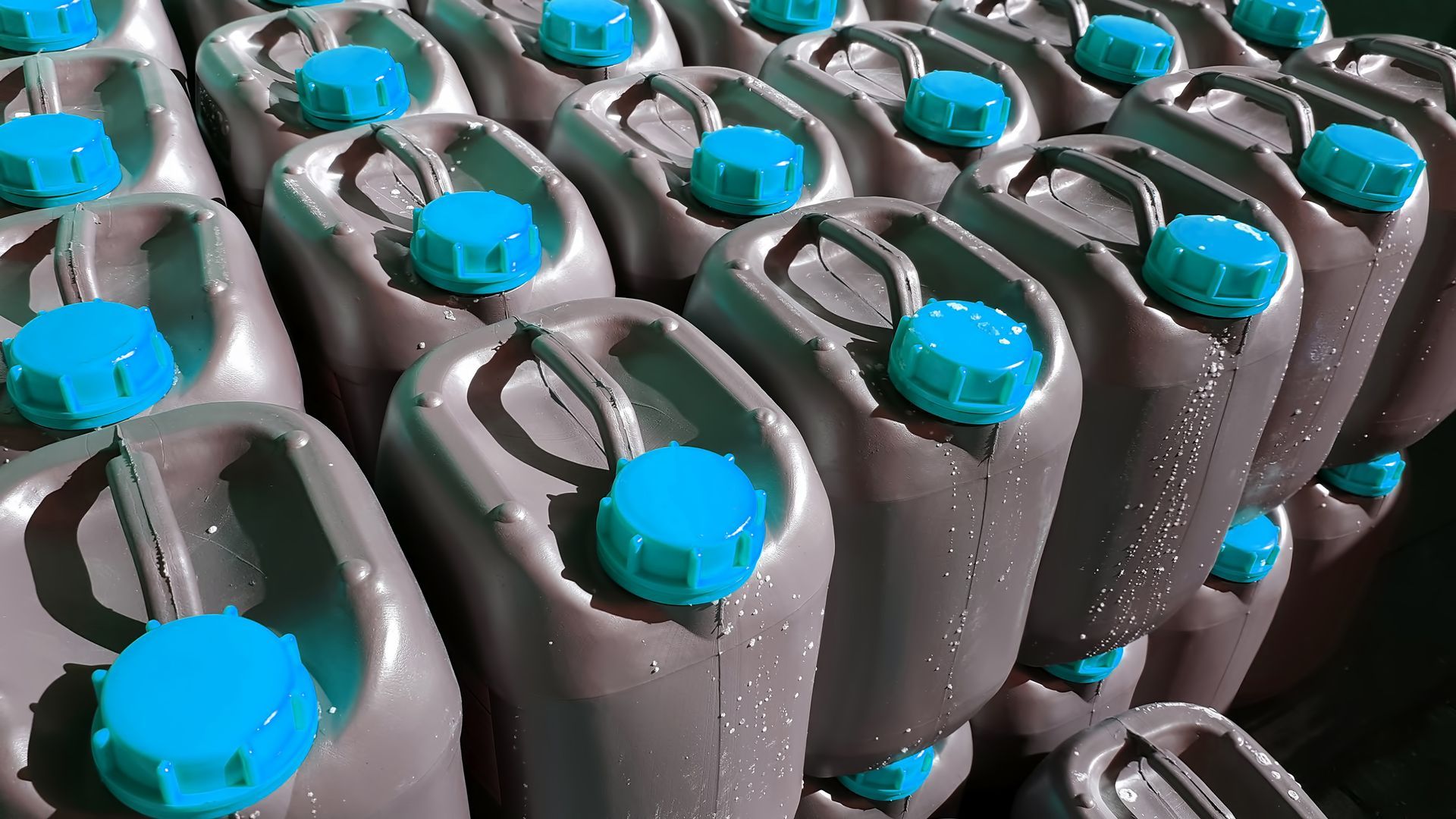
How often should you refill AdBlue?
Usage varies depending on driving style, vehicle size, and mileage. On average, one litre of AdBlue is used for every 600–1,000 miles. Many cars will require a top-up roughly every few thousand miles, while commercial vehicles may need refilling more frequently.
>>> AD TOP TIPS <<<
How to avoid confusing screenwash with AdBlue in your car
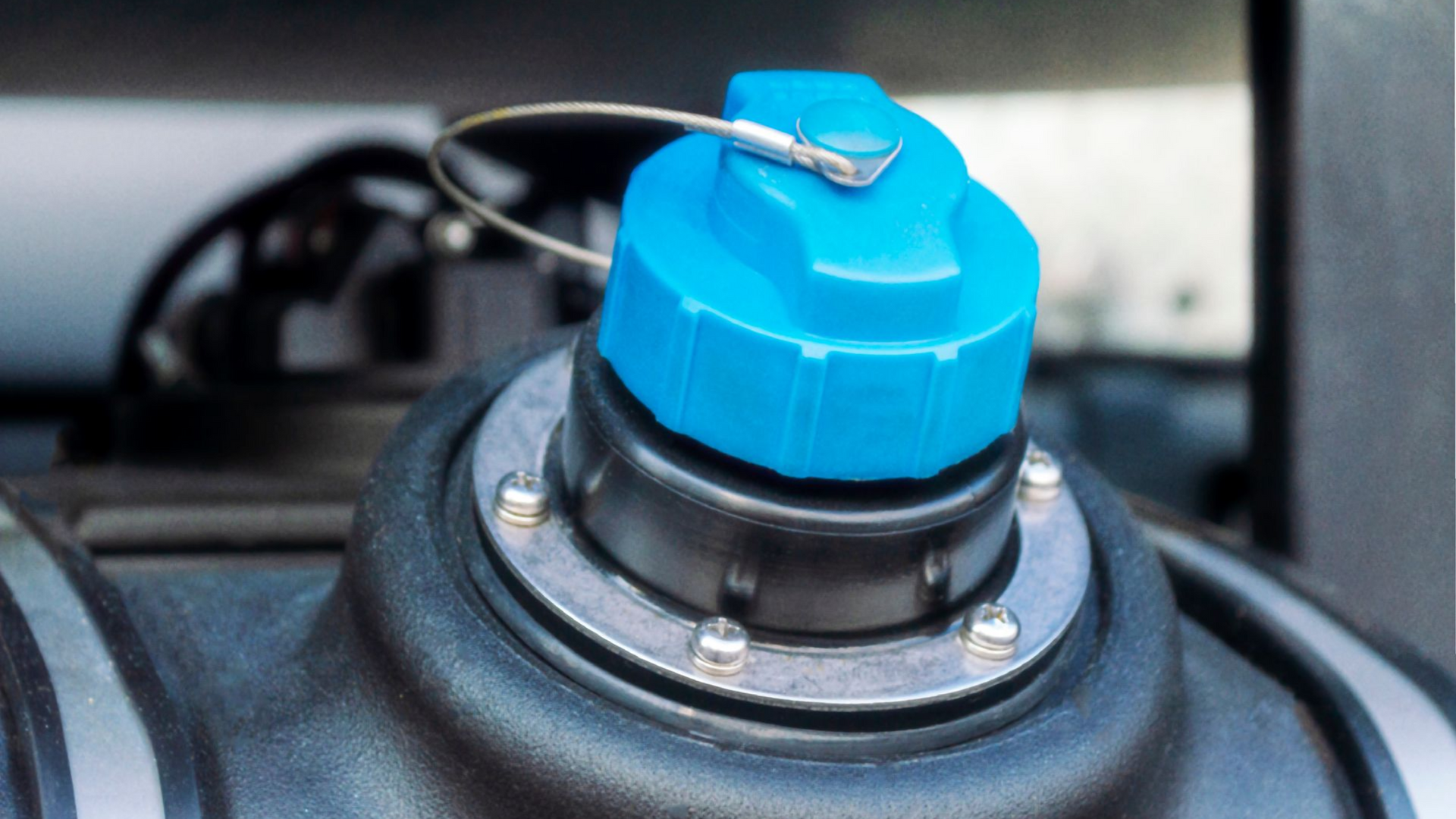
Modern vehicles often have multiple refillable fluids, and two of the most commonly mixed up are screenwash and AdBlue. Though both are essential for your car’s proper functioning, confusing the two can cause costly damage. Here’s how to avoid making that mistake.
1. Know what each one does
- Screenwash is a cleaning fluid used for the windscreen washer system. It helps remove dirt, bugs, and grime from your windscreen to ensure clear visibility.
- AdBlue is a special urea-based solution used in diesel cars to reduce emissions. It’s injected into the exhaust system, not the engine.
Putting the wrong fluid in the wrong tank — especially AdBlue in the screenwash reservoir — can corrode components and lead to expensive repairs.
2. Check the cap and label carefully
- AdBlue filler caps are usually blue and found near the fuel filler, under the bonnet, or in the boot.
- Screenwash caps are often black or blue, with a windscreen and spray symbol on them, and are typically under the bonnet (hood).
Always double-check the label before pouring anything in.
3. Store and Handle Fluids Separately
If you keep bottles of AdBlue and screenwash in your garage, store them apart and clearly label them. Their containers often look similar, especially smaller top-up bottles.
4. When in doubt, ask or check the manual
Your car’s handbook or filler cap will show exactly where each fluid goes. If you’re unsure, ask one of our Andrew Dodds Autocare experts rather than risk a costly mix-up.
Take a few seconds to check the label and cap each time you refill — it can save you hundreds of pounds and a lot of hassle later.
AdBlue is an essential part of modern diesel technology. By keeping an eye on your AdBlue level and refilling it correctly, you can ensure your vehicle runs efficiently, legally, and in an environmentally responsible way. At Andrew Dodds Autocare in Ayr, we're ready to assist with all your car maintenance requirements – we're here to help.
Give us a call on 01292 299 023 to book your car in.
other posts

